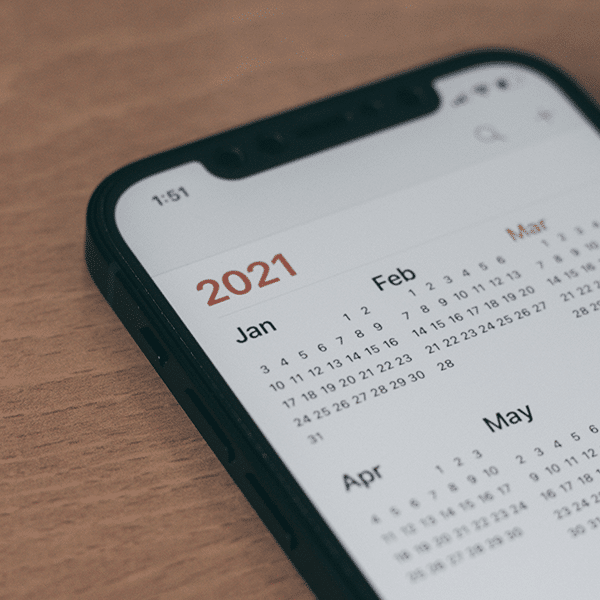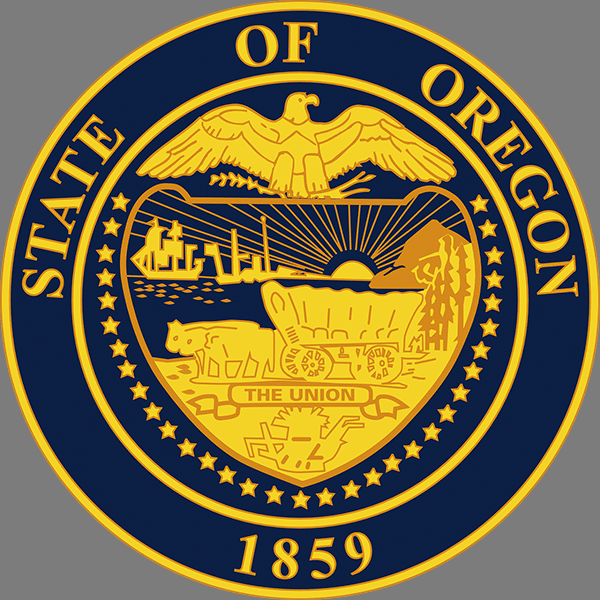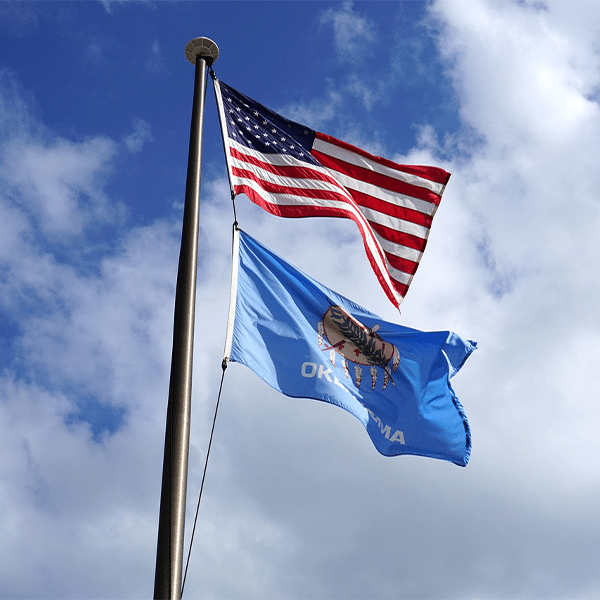The FCC’s update of the National Broadband Map has received considerable criticism. And some of that criticism has been leveled at CostQuest, the contractor that created the database of broadband serviceable locations nationwide that is a key underpinning of the map.
We exchanged emails with CostQuest Vice President Mike Wilson earlier this year and spoke with him more recently via a webcall to get his responses to the company’s critics.
“The Broadband Data Collection program is an iterative process,” said Wilson in our email exchange earlier this year. It’s a process that follows the Broadband DATA Act, he said, and is designed to improve over time.
The National Broadband Map update is important because previously the federal government did not have accurate data about where high-speed broadband is and is not available nationwide. The answer to that is critical at a time when the U.S. is set to invest more than $42.5 billion to cover some of the costs of making broadband available to unserved locations.
When the FCC set out to create a more accurate broadband map, the agency determined that there was no definitive database of broadband serviceable locations in the U.S. geocoded by latitude and longitude.
CostQuest, which had previously created cost models that were used in earlier broadband funding programs, was chosen to create the locations database, known as the broadband serviceable location (BSL) fabric.
As Wilson explained, it was a big project. The company used data sets sourced from public data such as land records, assessors’ office records, various address databases, and other third-party data sets, some of which are derived from satellite imagery. These datasets were then combined with internal data and knowledge to derive machine learning models that identified BSLs.
“Addresses by themselves aren’t necessarily BSLs,” he said. “Rather, BSLs refer to a structure or building, which then may have an associated address. An address could be assigned to a parcel that has no building whatsoever. And addresses can be units within a structure or building.”
Wilson noted that “Our fabric is a multivariate, multi-sourced dataset. We have our own code that determines what’s a BSL and what’s not.”
Self-Challenges
The FCC was under pressure to update the map promptly and opted not to do a challenge process to the fabric before directing broadband providers to begin entering their availability data into the first version of the fabric, which was shared with service providers and state agencies in June of last year.
When the providers began working with the fabric, reports emerged of missing locations and of boulders being misidentified as broadband serviceable locations.
The FCC conducted two separate challenge processes on the broadband map – one for the location database and one for availability data. In combination with the FCC challenge effort, as Wilson explained, CostQuest did considerable work of its own to improve on the fabric.
“We made significant improvements to the fabric with a rigorous self-challenge process,” Wilson wrote in the email to us. “Our team visually verified over 120,000 square miles of land, manually improved exclusion zones, and made improvements in our machine learning and statistical models. We also brought in additional data sources and imagery, and we continually improve our internal addressing process.”
The company focused on “reducing the number of false positives — a structure or natural feature showing up as a BSL, and false negatives – we missed an actual BSL,” Wilson explained.
“I know what we did between Version 1 and Version 2 resulted in an improved fabric data set,” Wilson reiterated in our interview.
The FCC Challenge Process
It’s worth noting that a considerable amount of criticism the map has received relates to the challenge process that the FCC conducted.
Neither the FCC, which is responsible for the map, nor the NTIA, which is responsible for the $42.5 billion BEAD broadband funding program, clearly communicated deadlines for challenges to be filed. While it’s true that challenges can be filed at any time, neither agency clearly communicated the date by which location challenges had to be made in order to be reflected in the second version of the map.
Some of those who filed challenges have told Telecompetitor that only a small portion of the challenges were accepted, and no explanation was provided as to why the challenges were rejected.
When members of Congress expressed concerns about the map and the challenge process to the FCC, the commission’s chairwoman Jessica Rosenworcel responded with a six-page letter.
In it, she states that the commission received a total of 1,114,100 location challenges from government agencies in 22 states. Half of these, she said, were for locations that were already included on the original version of the fabric or that CostQuest had added to the second version of the fabric.
That at least partially explains why only 10% of the locations challenged by the states – or 122,000 – were added to the second version of the map.
CostQuest added a considerably larger number of locations to the second version, however.
According to Wilson, the net number was between 850,000 and 900,000 after locations deemed not to be BSLs were removed from the fabric.
Between the FCC’s efforts and CostQuest’s efforts, the second version of the fabric has 1.04 million locations that were not included in the first version, according to Rosenworcel’s letter.
Moving Forward
We also asked Wilson about one other type of critique CostQuest has received. Considering that the fabric was created with taxpayer dollars, some critics argue that stakeholders should be able to have their own copy of the database.
Wilson’s response was that CostQuest is bound by what is specified in its contract with the FCC which, in turn, determines the terms of agreements established with third-party dataset providers.
“This is the data business,” he said. “We have upstream requirements with other vendors that we can’t break.”
CostQuest’s contract with the FCC is for five years and the fabric will continue to be updated to, for example, include new housing developments that didn’t exist at the time previous versions of the map were created.
When we spoke to Wilson in mid-February, the company was gearing up to do self-challenges on another 800,000 locations, the results of which will be reflected in the third version of the broadband location fabric that is scheduled to be made available in June.
Updated to change several references to “the map” to instead say “the fabric” and to clarify that the second version of the fabric was made available to service providers and state agencies in June. Previously the post said that version was made available publicly at that time.



